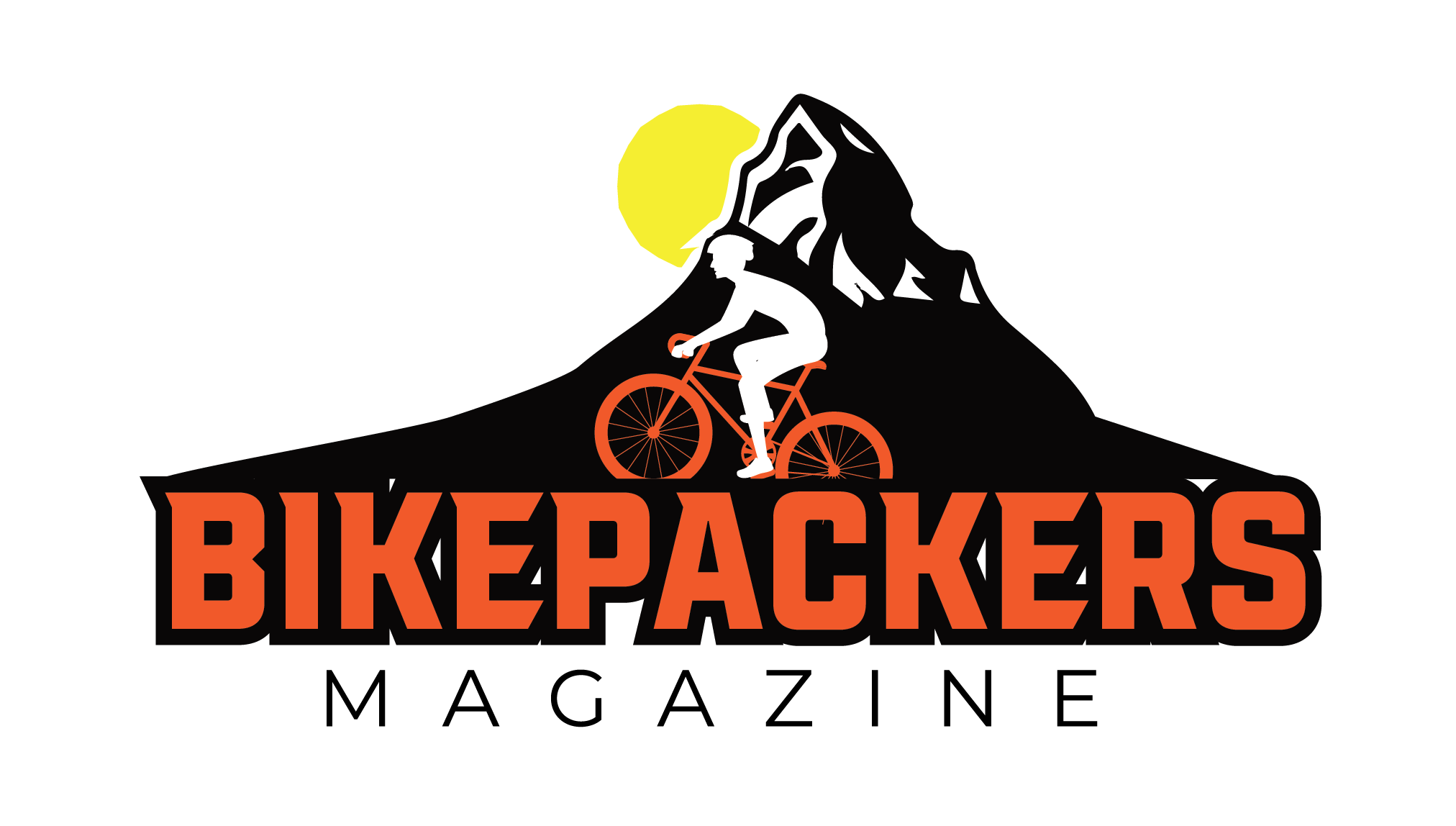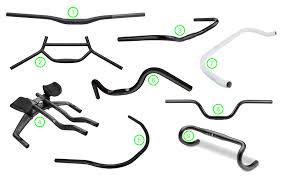Introduction
Quick Navigation
When cyclers buy a new bicycle, they are more concerned with the bike’s strength, weight, and speed capacity. However, one important part of the bike that is often overlooked is the handlebar. The handlebar is a critical part of your bike designed to act as a steering wheel for you. It helps you control the speed and direction of your bike. It also supports your weight, especially when you ride in high cadence. The handlebar is important, and you have to pick one that is suited for your comfort, riding style, and cycling routes. There are many types of handlebars available, and each of them is uniquely suited for different purposes. Essentially, it all depends on the kind of biking (mountain biking, racing, commuting) and the way you sit on your bike. This article has been put together to show you the major bicycle handlebar types and their unique pros and cons. Enjoy!
7 Bicycle Handlebar Types
There are many bicycle handlebars types available, and we will take a look at seven popular ones.
- Drop Handlebars
If road biking is your area of interest, then you should get drop handlebars. The drop handlebar is one of the most recognizable handlebar types, and it is quite popular among bike enthusiasts. It is uniquely designed in a 3-dimensional shape, and it comes in different forms. The major advantage you get from using this handlebar type is speed. Drop bars allow you to tuck in and paddle aggressively with less effort. This gives you speed, and you need the speed if you are going to win in any track racing competition. These drop bars are best suited for road biking and track racing. It would be best if you tried to avoid using them on rough terrain that has sharp turns. Riding on such terrains require maneuverability, and drop bars are built for stability.
- Flat Handlebars
Flat handlebars are generally referred to as the standard bars for bikes. They are uniquely designed with a simple and versatile shape that allows you to attach brake levers, phone holders, lights, and any other biking accessory you might have. If you prefer cross-country cycling or currently ride on rough terrain, then the flat handlebar is the best choice for your bike. The bars are narrow, and you can easily avoid trees and obstacles. Flat bars are also generally small, and this reduces the overall weight of the bike. Although flat bars are excellent for maneuvering, they are not very good for speed. You cannot get into a tuck position, and aggressive paddling might not be an option (except you are a very experienced cyclist).
- Riser Handlebars
Riser handlebars are closely related to flat handlebars. However, there are a few key differences between these two types. The riser handlebars are generally wider and higher than flat bars. This handle shape is designed for freeriding, and it allows the cycler to sit straight and stay comfortable. If your route is a straight road with many debris and obstacles, you will enjoy riding and relaxing on this bike. You have great control, and you can maneuver easily with this handlebar. Although the handlebars are suitable for rough terrains, you might find a hard time trying to use them for mountain biking or cross-country cycling. The riser handlebars are built for enjoyable bike rides and should not be used for speed or climbing.
- Bullhorn Handlebars
Bullhorn handlebars have a unique shape that curves up and then forward. These bullhorn bars share similarities with the flat handlebars and the drop handlebars. If you are going mountain climbing and looking for a handlebar built for speed, this is the right choice for you. The handlebars allow you to tuck in, climb and go at fast speeds with less effort. It is also suitable for road biking and other forms of cycling. However, one drawback of the bullhorn handlebars is their maneuverability; this bike is not ideal for frequent, fast turns.
- Cruiser Handlebars
Cruiser handlebars are majorly designed for leisure. They are uniquely designed as upright handlebars, and they allow you to sit up straight while riding. The handlebars are placed to put your hands and wrists in a more natural position, allowing for more comfort and control. You should note that these handlebars are not suitable for speed or climbing.
- Butterfly Handlebars
If you are looking for handlebars designed for long rides, you should consider getting butterfly handlebars. These bars are uniquely fitted to allow for a wide range of hand positions. It also comes with a lot of carriage space, allowing you to bring necessary things for your long ride. It also allows for comfortability and maneuverability. The major drawback of these handlebars is that they are heavier than other handlebars.
- Aero Handlebars
The aero handlebars are the best when it comes to speed. The unique handlebars are also known as triathlon bars and are mainly utilized for personal exercise. They are designed with two extended bars that allow the cycler to tuck in and avoid air drag almost completely. Like we said earlier, these handlebars allow for incredible speed, and they are mostly used for time-trial cycling; you can go as fast as 27MPH. These handlebars are also very comfortable because they are designed with armrest pads that allow the cyclers to relax their arms. However, one major drawback that aero handlebars have is safety. If you come across unexpected obstacles and you make an impact, you can lose your balance.
Conclusion
Warren Buffet once said that one of the secrets to his wealth is the ability to research every detail of any investment he wants to make. As a cycler, you must employ this same attitude when purchasing a bicycle. Every part of the bicycle should be uniquely suited to the cycler because that is the only way you can enjoy yourself while riding. This article has explained a critical part of your bicycle; the handlebar. We have also listed the popular bicycle handlebar types we have and the benefits you would enjoy when choosing to use any of them. We hope this information will aid you when next you go bike shopping. Cheers!

